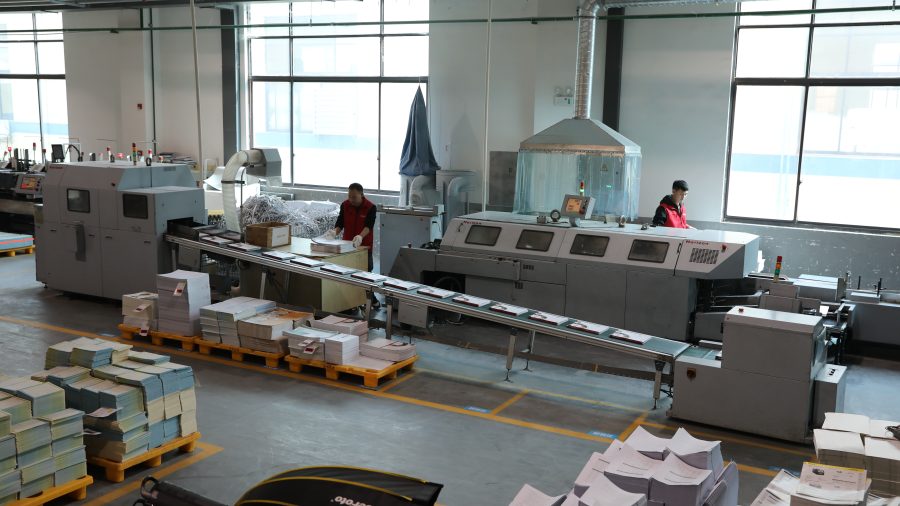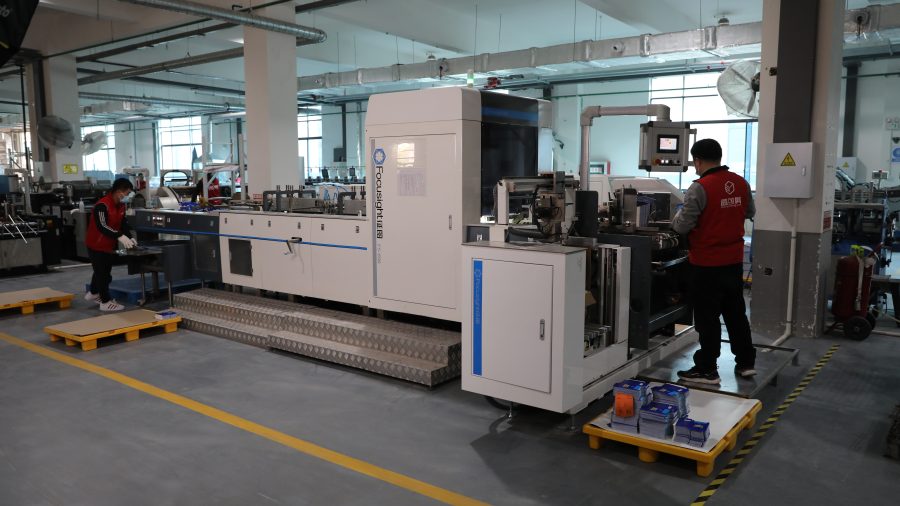How to Design Eye-Catching Custom Box for Your Brand
Designing an eye-catching custom box for your brand is an essential part of creating a strong first impression with your customers. A well-designed box does more than protect the contents; it represents your brand, communicates your values, and enhances the overall customer experience. Here are key steps to help you design an effective and visually appealing custom box for your brand:
- Understand Your Brand Identity
Logo and Color Scheme: Ensure that your box design aligns with your existing brand identity. Use your brand’s logo, color palette, and typography consistently.
Brand Voice and Message: Think about the message you want to convey. Are you a luxury brand? Playful and youthful? Eco-friendly? Your box design should reflect the tone and values of your brand.
2. Consider Your Audience
Demographics: Know who your customers are. Are they young professionals, tech enthusiasts, parents, or environmentally-conscious consumers? Tailor your design to resonate with them.
Experience Expectation: What kind of experience do you want to give your customers when they receive your package? Do you want it to feel like unwrapping a gift or receiving a utilitarian item?
3. Choose the Right Box Type
Box Shape and Style: Decide on the size, shape, and style of the box based on the type of product you are shipping. Common box styles include:
Mailers: For smaller, lighter items like clothing, cosmetics, or tech gadgets.
Rigid Boxes: For premium products or high-end goods.
Corrugated Boxes: For larger or more fragile items.
Consider Functionality: The box should be easy to open and close while offering sufficient protection for the contents inside. A well-designed box is not only visually attractive but also functional and user-friendly.
4. Use Unique and Creative Graphics
Bold Imagery: Use high-quality, attention-grabbing imagery that speaks to your product and brand. For example, product photography, creative illustrations, or abstract designs.
Patterns and Texture: A simple design can sometimes be made striking with textures or patterns, such as embossing, debossing, foil stamping, or spot UV finishes.
Minimalistic vs. Complex: Depending on your brand, you can go for a clean and minimal design or something more intricate and elaborate. Make sure it doesn't overcrowd the box, as simplicity can often be more effective.

5. Incorporate Thoughtful Typography
Readable Fonts: Use easy-to-read, stylish fonts that complement your brand’s personality. The type should be legible even at smaller sizes.
Hierarchical Text: Prioritize what’s most important on the box, like your brand name, product name, and tagline. Establish a clear visual hierarchy through font size and placement.
Custom Fonts: If possible, create or use custom typography that is unique to your brand. This helps with brand recognition and makes your box stand out.
6. Add Personalization and Detail
Customized Messages: Adding a handwritten-style message or a thank you note can make the customer feel valued. Some brands even include personalized messages like "Enjoy your order, [Customer’s Name]!"
Internal Design: You can surprise your customers with a thoughtful design inside the box, like a branded tissue paper, a sticker, or a special print that enhances the unboxing experience.
Sustainability Notes: If your brand focuses on sustainability, consider adding eco-friendly messaging or certifications on your packaging. This communicates your brand values and can appeal to eco-conscious consumers.
7. Consider Packaging Materials
Eco-Friendly Materials: Sustainability is important to many consumers today, so consider using recycled materials, biodegradable boxes, or sustainable inks.
Durability: Ensure that the materials used are durable enough to withstand the shipping process. Fragile items require sturdier boxes, while smaller items may be fine in thinner, lighter materials.
8. Include Essential Information
Branding and Contact Info: Include your website, social media handles, and customer service contact details in a way that doesn’t overwhelm the design.
Legal Information: Depending on your industry, you may need to include information like product ingredients, warnings, or barcodes. Make sure these are placed discretely but are still legible.

9. Focus on Unboxing Experience
Unboxing as an Experience: Think of the box not just as a container, but as an experience. How will the customer feel when they open the box? You can add elements that surprise and delight, like:
Decorative tissue paper
Personalized cards or coupons
Fun, branded stickers
A thank you note or exclusive gift
Social Media Opportunities: Create designs or elements that encourage customers to share their unboxing experience on social media. Hashtags, fun prints, or interactive elements can motivate them to post.
10. Test Your Design
Mockups and Prototypes: Before committing to a large production run, create digital mockups and order a physical prototype to evaluate the design. This allows you to make adjustments if needed.
Customer Feedback: If possible, get feedback from a small group of customers or focus groups on your packaging design. This can help identify if there are any issues with functionality, appeal, or messaging.
11. Leverage Printing Techniques for Added Impact
Special Finishes: Enhance your design with various finishes like gloss, matte, foil stamping, or embossing. These finishes can make the packaging feel more premium and can draw attention to specific design elements.
Spot UV Coating: If you want certain parts of your design to stand out, like your logo or product name, use spot UV coating. This technique gives a glossy finish to select areas, making them stand out visually and tactically.
12. Maintain Consistency Across Packaging
Brand Cohesion: Your custom box design should align with your other packaging materials (such as labels, shipping inserts, and branded materials like business cards). This creates a cohesive look and feel across all customer touchpoints.
Multi-Channel Design: If you sell both online and in physical stores, ensure your box design works across different channels and settings. A box design that’s just as appealing on a shelf as it is in an online order package is a strong asset.
Conclusion
A well-designed custom box plays an integral role in strengthening your brand's identity, enhancing customer experience, and making your products stand out. By focusing on aesthetics, functionality, and brand consistency, you can create packaging that not only protects your product but also creates a lasting, positive impression on your customers. Whether you want to convey luxury, eco-consciousness, or fun, every design choice should be aligned with your brand's voice and mission.







